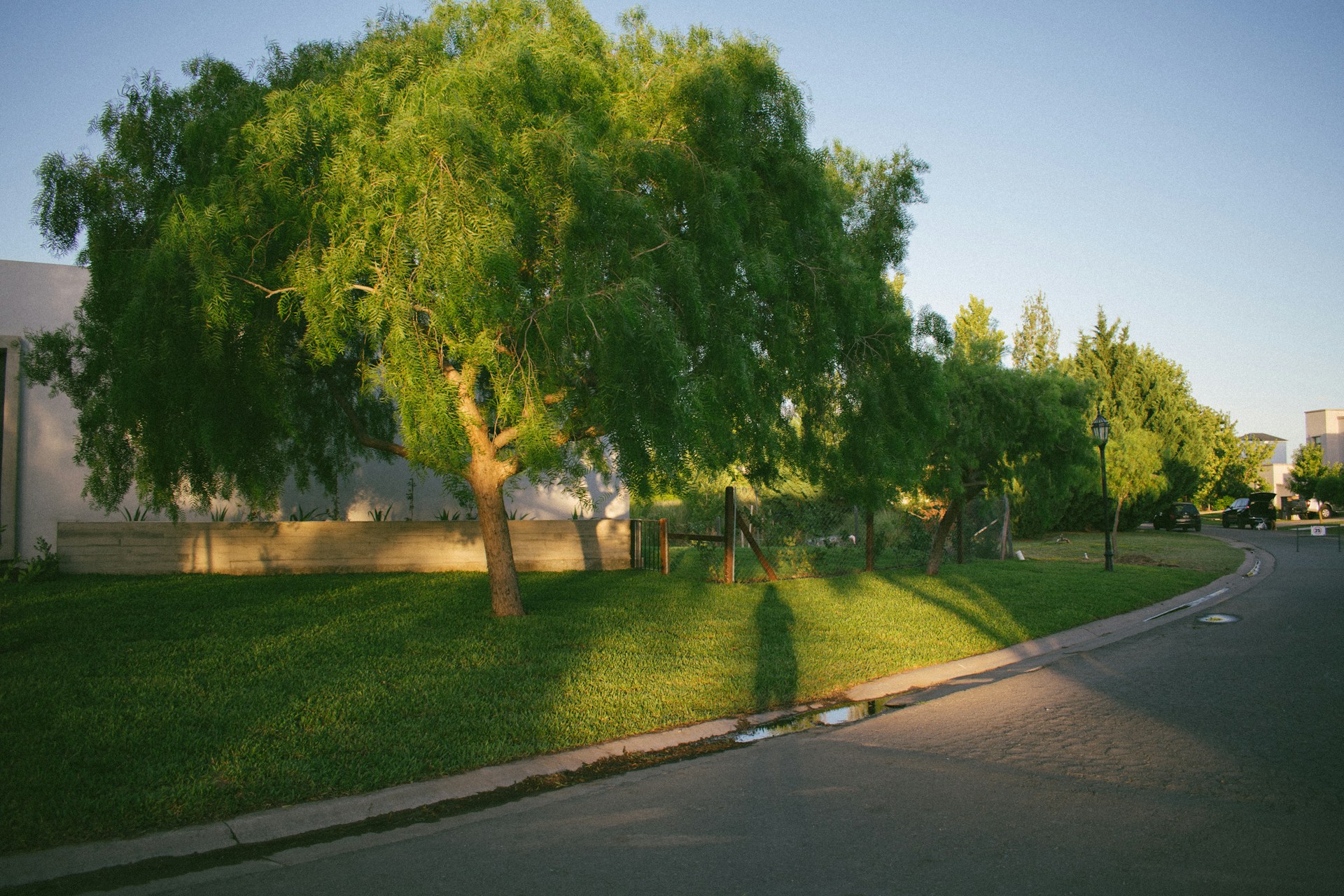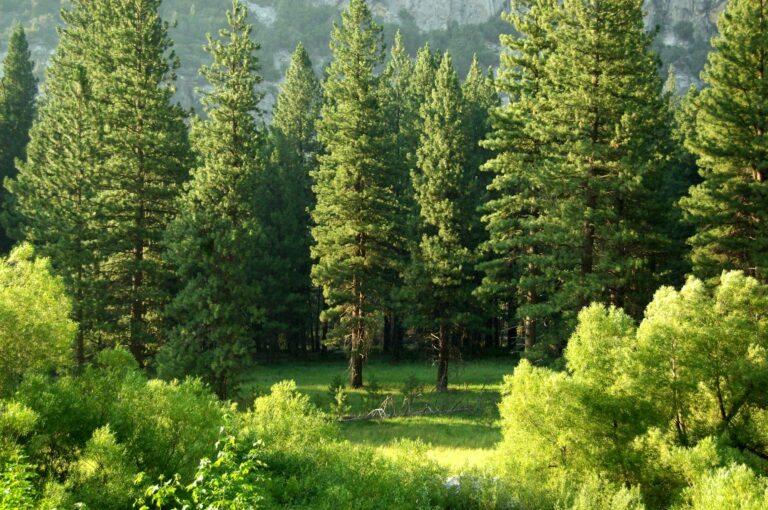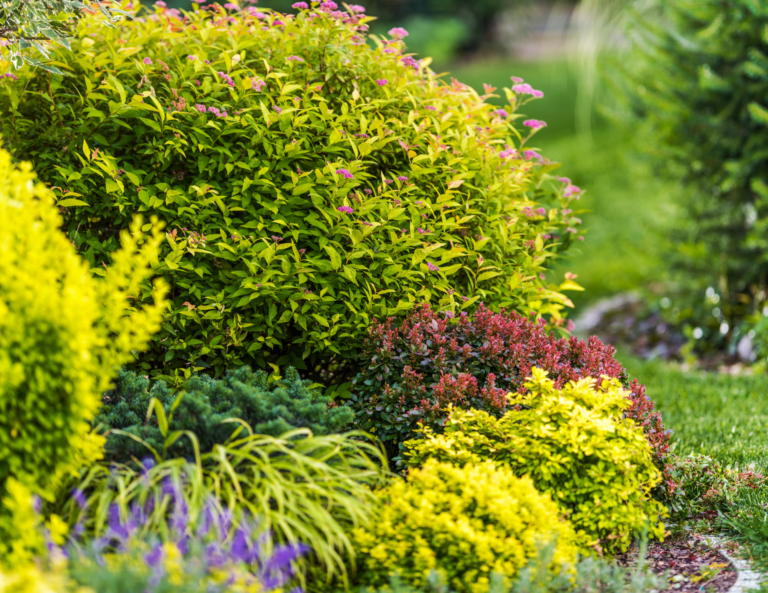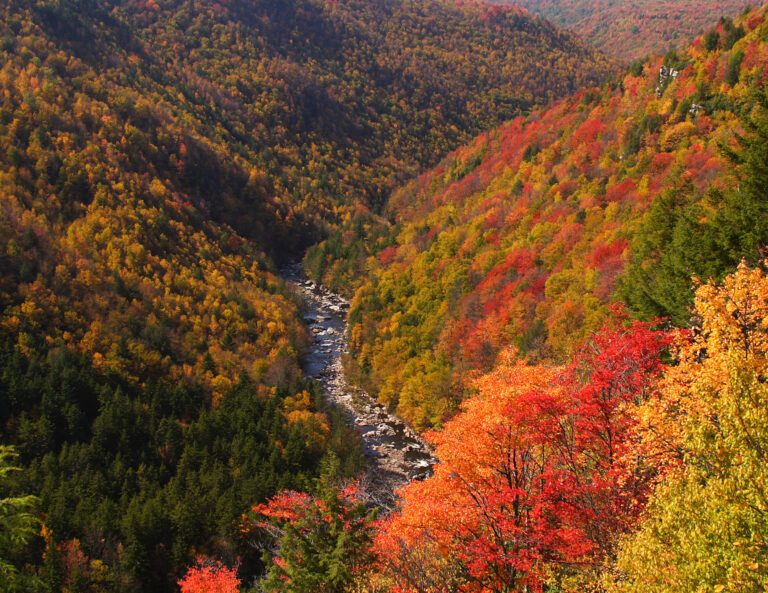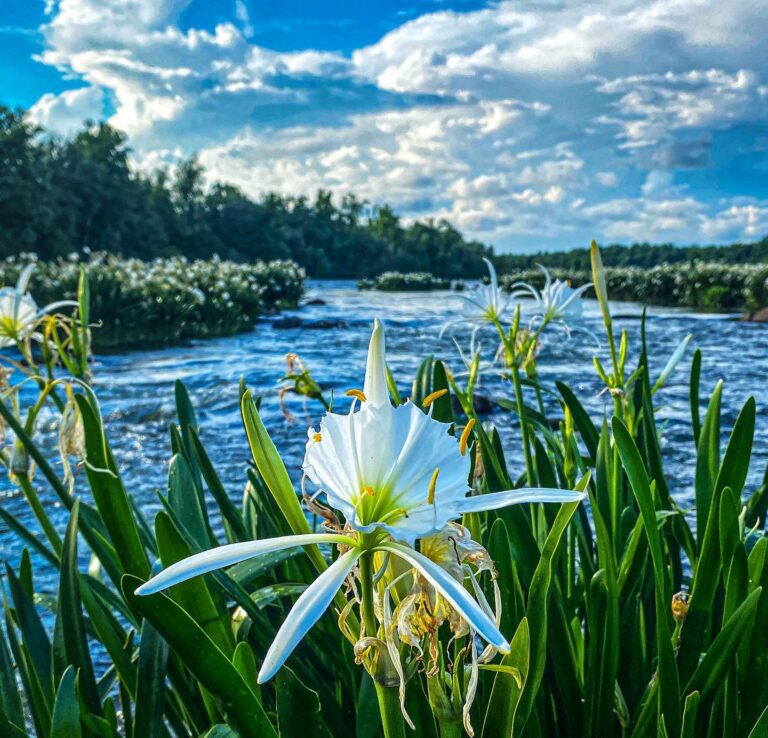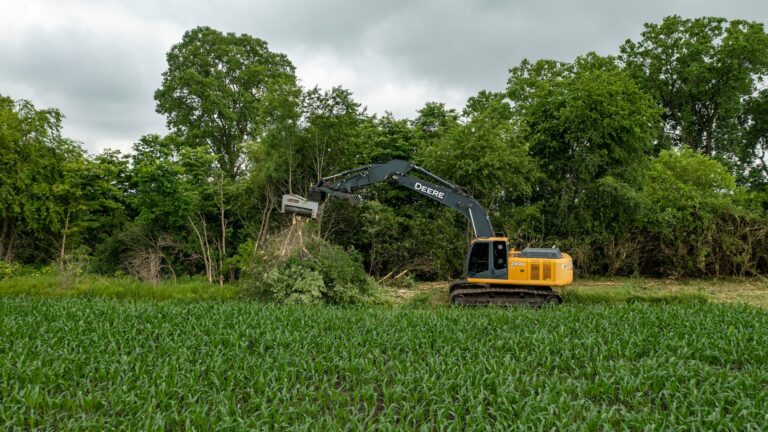Choosing the Right Tree for Your Rock Hill Landscape: Factors to Consider and Popular Choices
So, you’ve decided to enhance your landscape with a tree or two. Excellent choice! Trees not only provide shade and beauty, but they can also increase property value. But hold on before you head out and grab the first tree you see. Your Rock Hill landscape deserves the right tree, one that will thrive in the local climate, suit your personal aesthetics, and fit into the available space.
Choosing the right tree can seem a bit daunting. There are so many considerations, from understanding the tree’s growth habits and care requirements to assessing its potential impact on your property’s overall landscape design. You can’t just go for a tree because it looks pretty in the store. But don’t worry, we’ve got your back. We’re going to dive into the key factors you should consider when selecting a tree for your landscape.
How to Choose the Right Tree for Your Rock Hill Landscape
1. Environmental Conditions: Climate and Soil Compatibility
A fundamental aspect of selecting the right tree for your Rock Hill landscape is understanding the specific environmental conditions, such as climate and soil characteristics, that your chosen tree will need to adapt and thrive. Consider these factors when evaluating your options:
- USDA Hardiness Zone: Rock Hill, South Carolina is located in Zone 7b, meaning you should choose trees that can withstand temperature extremes and seasonal changes typical of this zone.
- Soil type: Analyze your property’s soil conditions, considering factors such as drainage, pH levels, and composition. Ensure your chosen tree is well-suited to thrive in your specific soil environment.
- Drought tolerance: With varying precipitation patterns and occasional droughts in the region, selecting drought-tolerant tree species can help ensure your trees’ longevity in the face of potential water stress.
Consult an arborist to evaluate your property’s environmental conditions and help you choose a tree that will flourish in Rock Hill’s climate and soil conditions.
2. Space Availability and Growth Patterns
Assessing your property’s available space and accounting for a tree’s growth patterns are critical factors in selecting an ideal tree for your landscape. Keep the following considerations in mind:
- Mature height and spread: Consider the tree’s projected size at maturity to ensure there is ample space for proper development without interference from buildings, power lines, or other structures.
- Root system: Be mindful of the tree’s root system growth pattern as invasive roots can potentially damage sidewalks, driveways, or underground utilities. Leave ample room for root growth to support tree stability and health.
- Growth rate: A tree’s growth rate can influence long-term planning for your landscape design. Slower-growing species typically have a longer life span and stronger wood, while faster-growing trees may require more frequent pruning and maintenance.
By evaluating your property’s spatial constraints and considering the growth habits of potential tree selections, you can make a more informed decision that works best for your unique landscape.
3. Tree Functionality and Aesthetics
Identify the primary purpose and aesthetic focus of the tree you wish to plant. Determining the tree’s intended function will help guide your decision-making process. Some possible tree functions include:
- Shade provision: If your primary goal is to create a shaded area, identify tree species with broad, dense canopies that provide ample shade and cooling benefits.
- Privacy screening: Select evergreen trees with lush, year-round foliage to serve as a privacy screen or buffer between properties.
- Focal point: Showcase unique, eye-catching tree varieties with distinctive foliage, flowers, or bark to serve as a focal point or specimen in your landscape.
- Wildlife habitat: Attract birds, pollinators, or other local fauna by picking native tree species that provide food or shelter for a more biodiverse and ecologically balanced landscape.
Considering the desired functionality and aesthetics will help you finalize a tree selection that truly enhances your Rock Hill outdoor space.
4. Popular Tree Choices for Rock Hill, South Carolina Landscapes
Based on local environmental conditions and suitability, here are some popular tree options to consider for your Rock Hill landscape:
- Southern Magnolia (Magnolia grandiflora): This iconic evergreen tree features large, glossy leaves and fragrant, white flowers, offering both shade and visual appeal.
- Eastern Redbud (Cercis canadensis): A small, deciduous tree that boasts vibrant, pink-purple flowers in early spring, making a striking addition to any landscape.
- Willow Oak (Quercus phellos): A fast-growing oak species with a high tolerance for various soil conditions, perfect for providing shade and attracting wildlife.
- Crape Myrtle (Lagerstroemia indica): A beloved ornamental tree known for its showy, summer-blooming flowers, available in a range of colors and sizes to suit any landscape design.
Consult with an arborist to determine which tree species best aligns with your specific goals and property conditions for a thriving, picturesque landscape.
Cultivate Your Perfect Rock Hill Landscape
Ultimately, the right tree can enhance your landscape’s beauty, provide shade and wildlife habitat, and even increase your property’s value, making it an investment well worth the time and effort.
Collaborate with Niwaki Tree Services’s team of certified arborists for expert tree services support throughout your tree selection journey, ensuring a successful outcome that transforms your Rock Hill property into a lush, picturesque haven for years to come.

